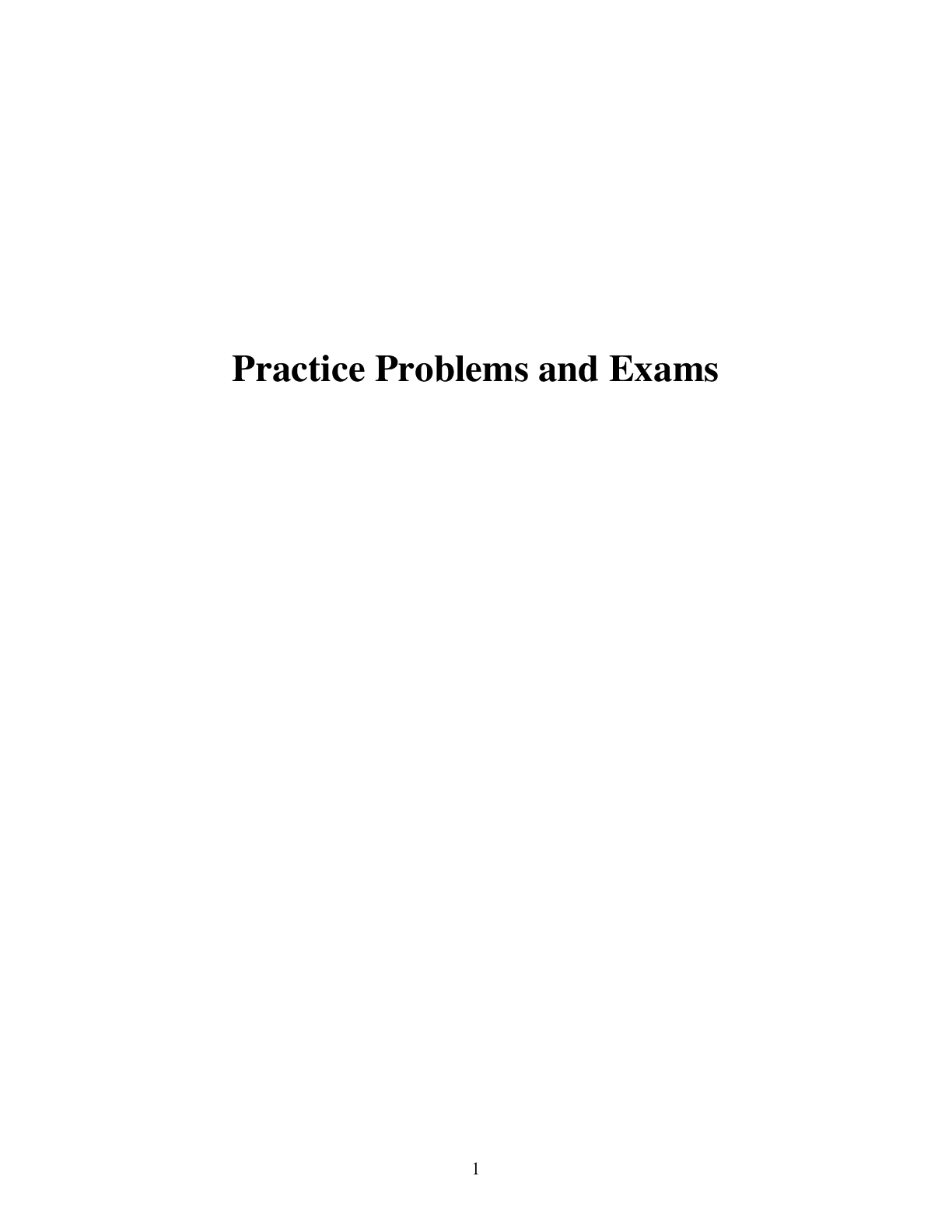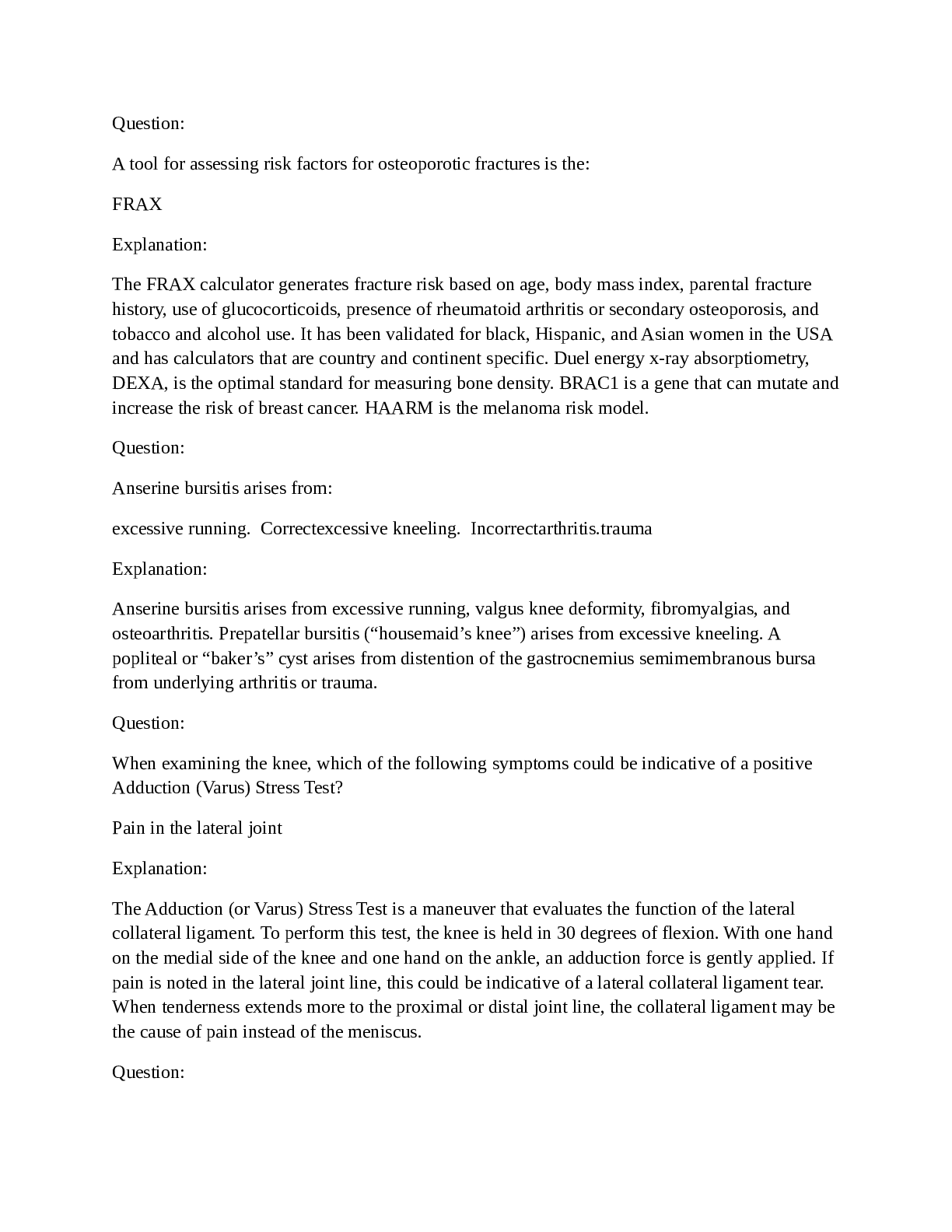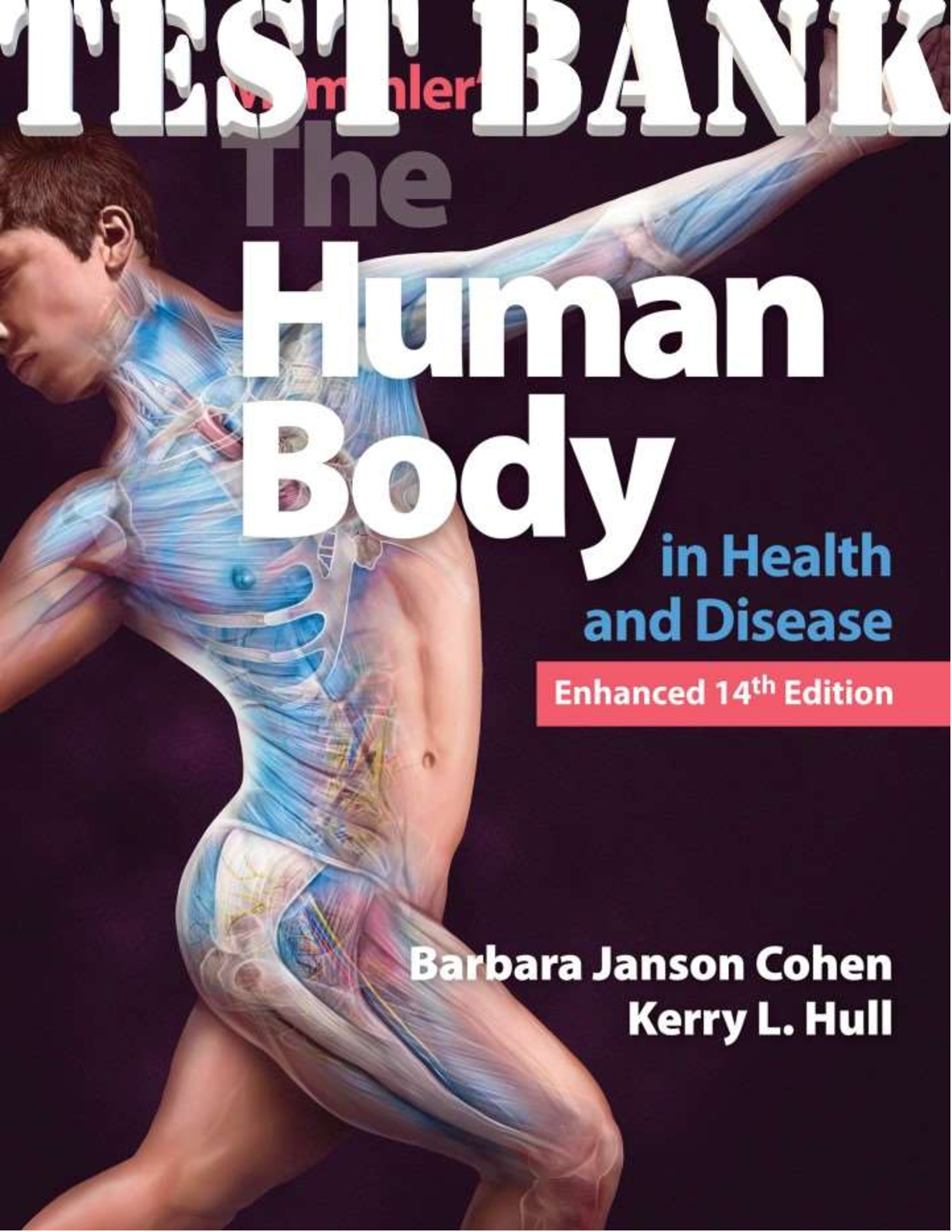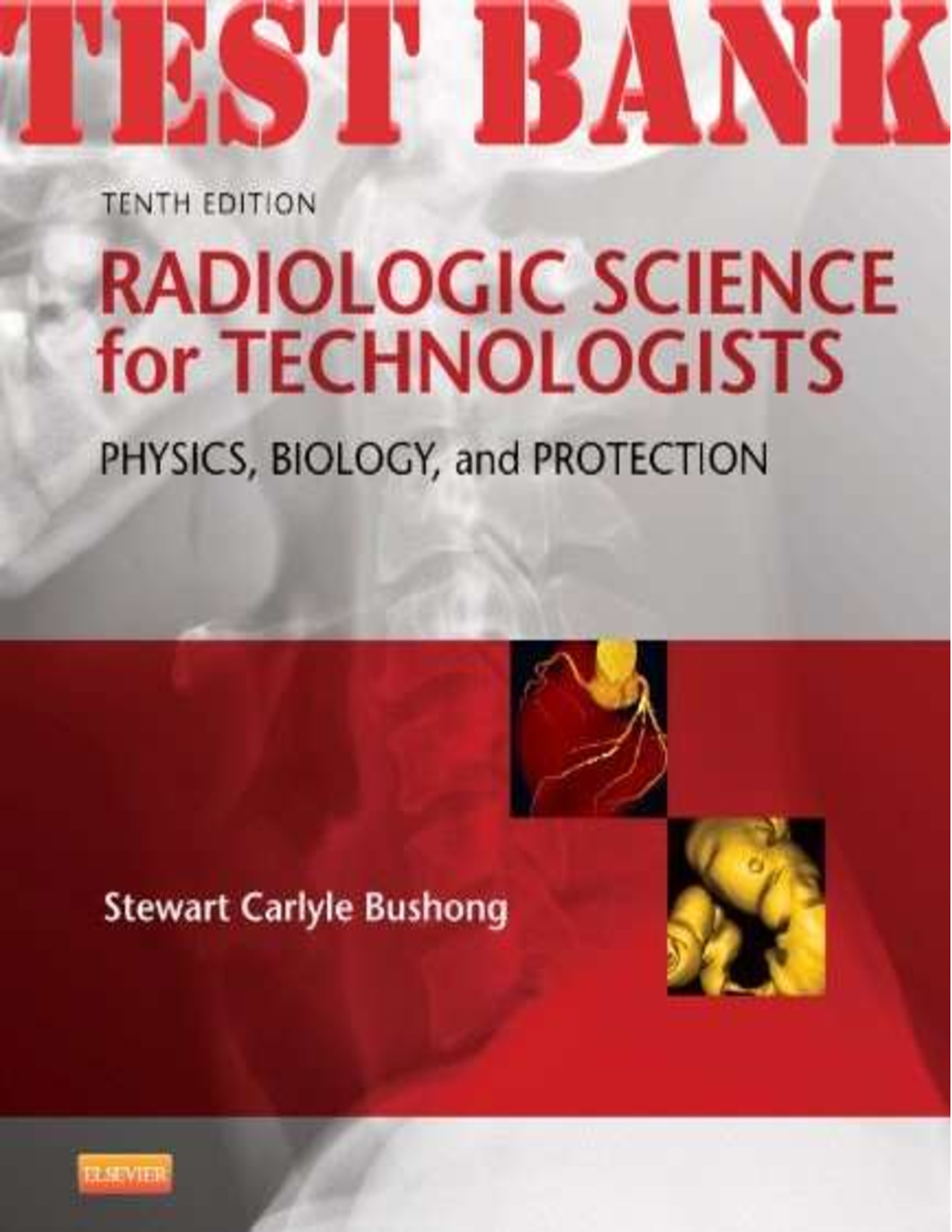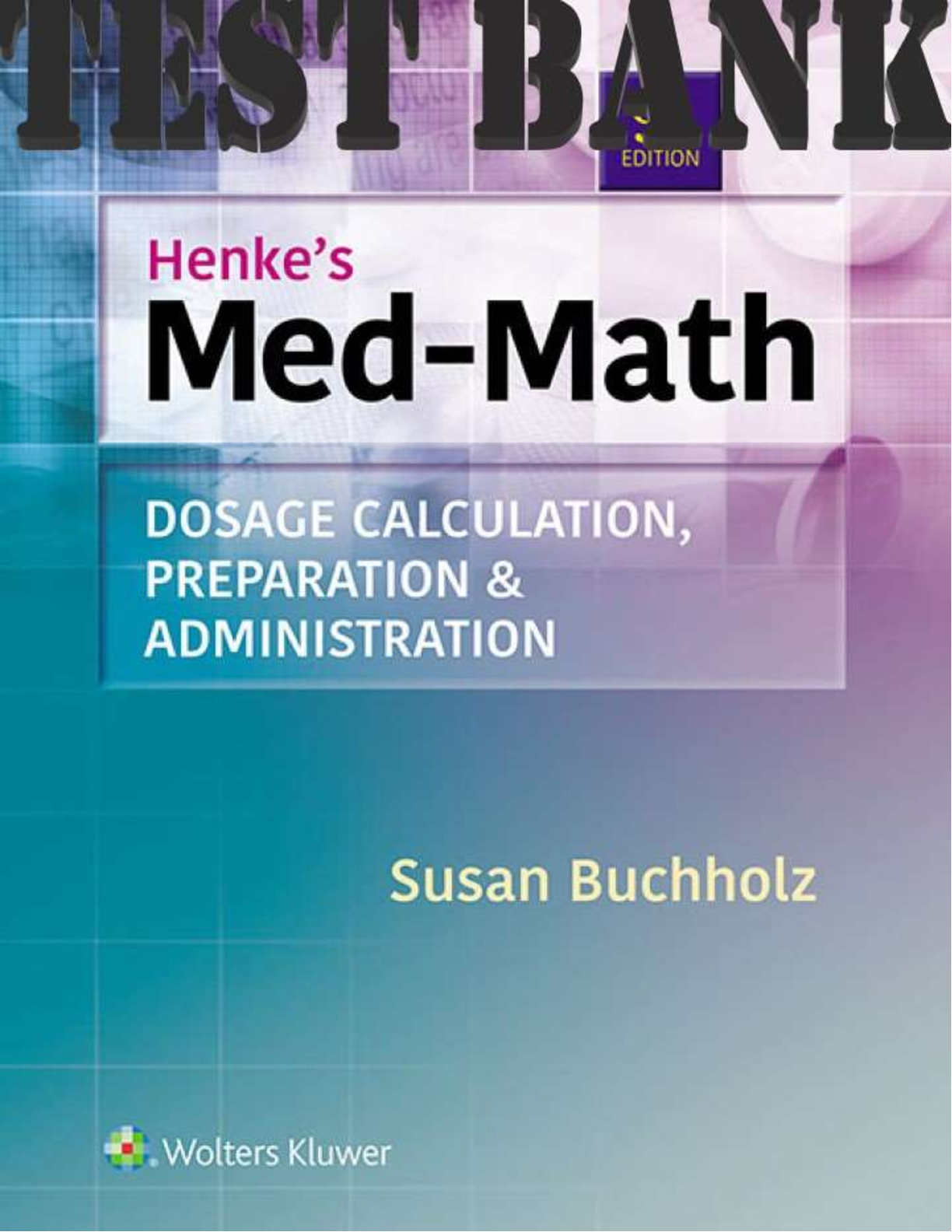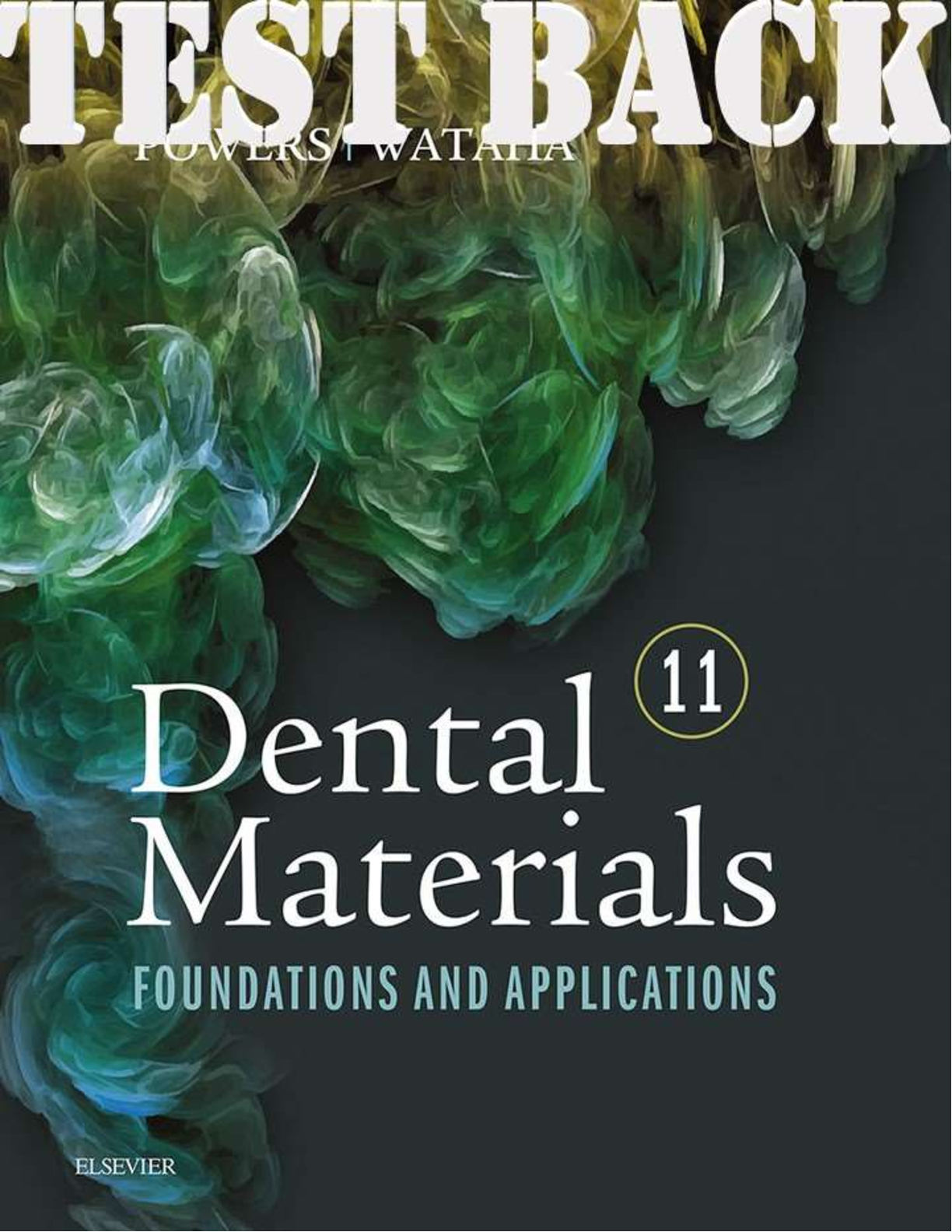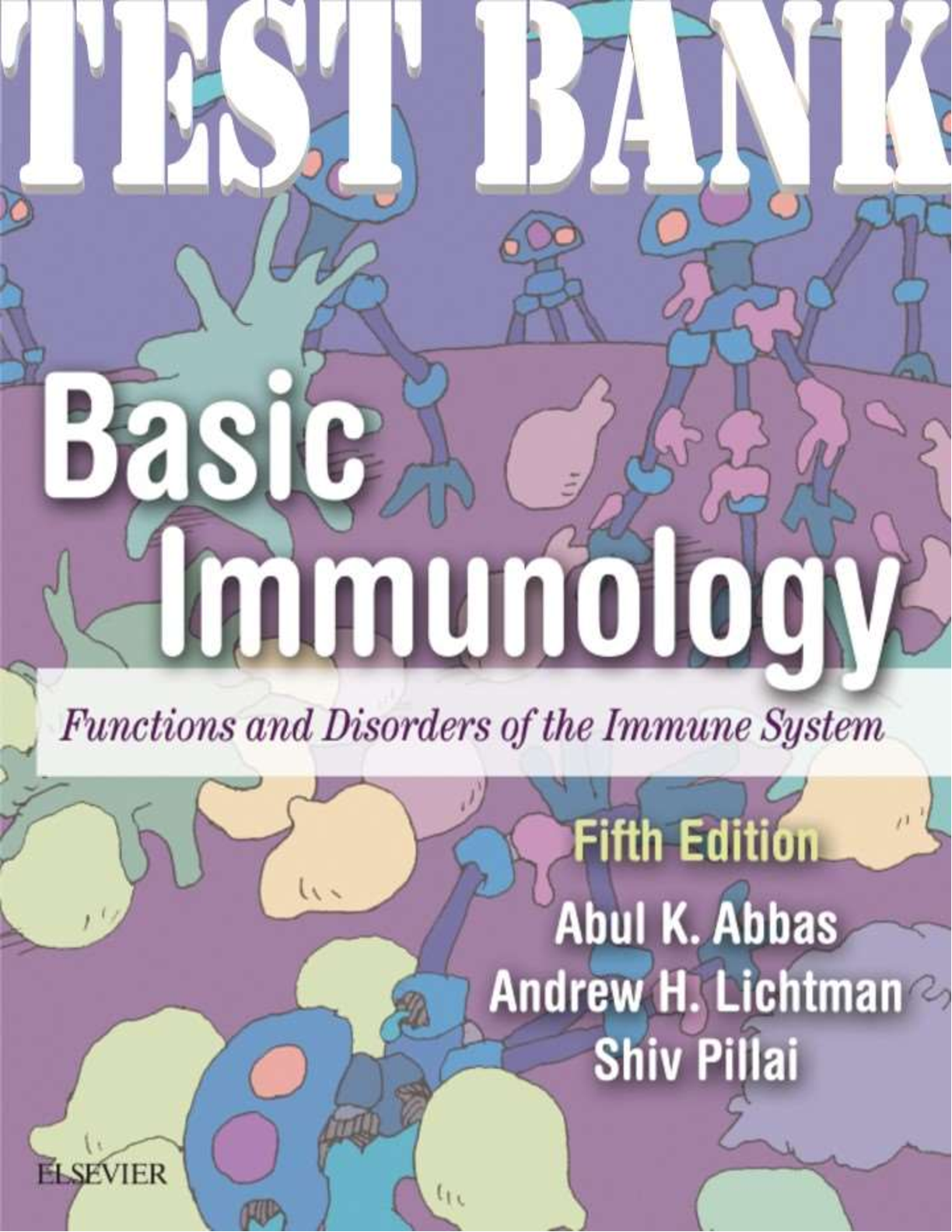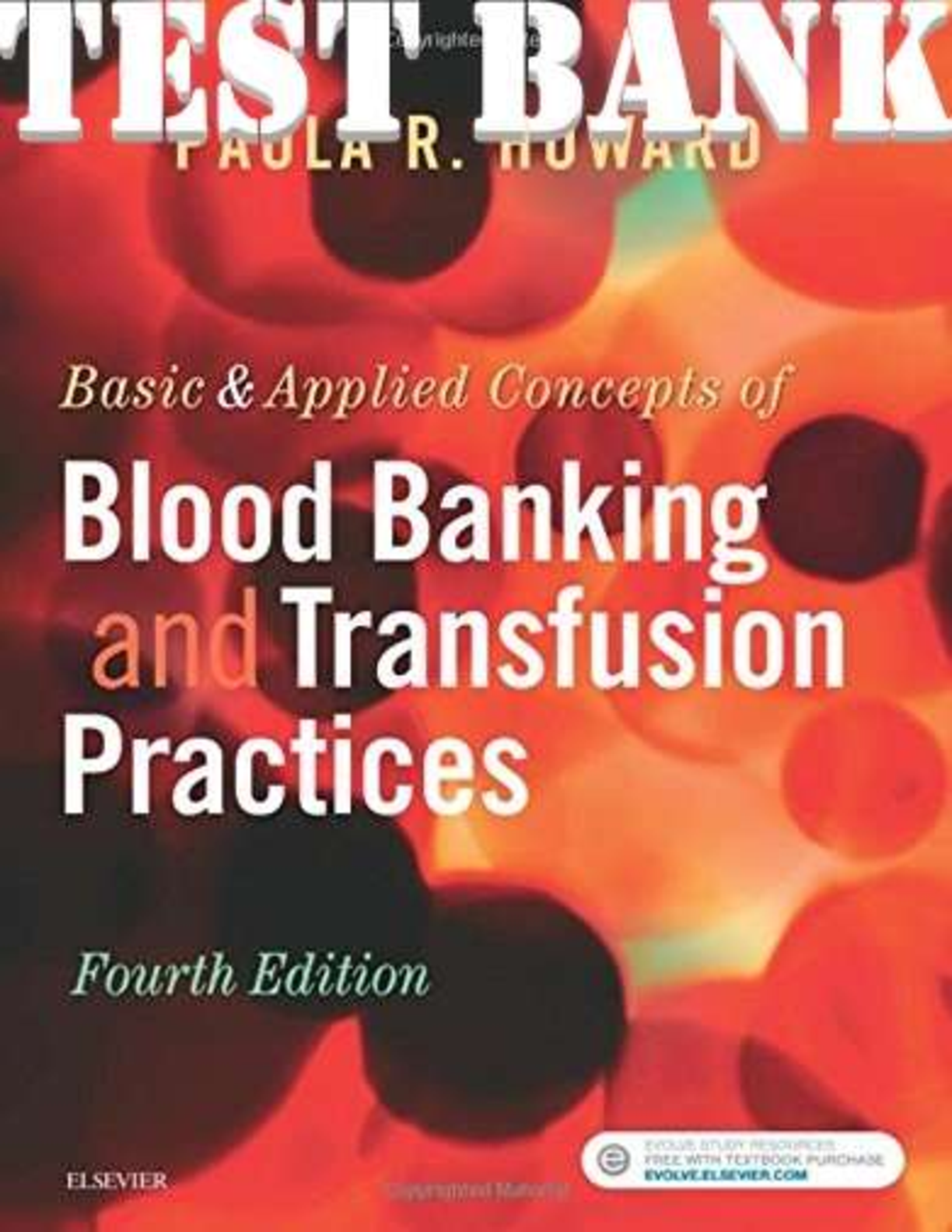*NURSING > TEST BANK > NUR 1060Nursing_Interventions_and_Clinical_Skills_7th_Edition_Potter_TBW (All)
NUR 1060Nursing_Interventions_and_Clinical_Skills_7th_Edition_Potter_TBW
Document Content and Description Below
MULTIPLE CHOICE 1. The nurse interviews a patient during admission. Which observation by the nurse identifies consistency between the patient’s verbal and nonverbal communication? a. Asserts she ... is eager to answer questions while reading a magazine. b. States that he wants information while frequently changing the subject. c. Asks the nurse to explain a surgical procedure while she listens intently. d. Explains that he is relaxed while continuously shifting in his chair. ANS: C The patient demonstrates congruency, or consistency, between her verbal statement asking for an explanation and her nonverbal cue of listening intently. The verbal and nonverbal messages match; each indicates that the nurse’s response is important to her. If she is eager to answer questions, the patient should focus on the nurse’s questions or note taking; reading a magazine is a distraction and indicates a lack of interest. Changing the subject may indicate discomfort or reluctance to address the issue. Continually shifting position may be an indication of anxiety. DIF: Cognitive Level: Applying OBJ: NCLEX: Safe and Effective Care Environment TOP: Nursing Process: Assessment 2. The nurse is interviewing a newly admitted patient. Which statement by the nurse is most likely to result in effective patient communication? a. “I’m not sure why you’re here. Can you explain it to me?” b. “Tell me about things and people that are important to you.” c. “Tell me more about your pain. Where does it start?” d. “If you think it’s important, I’ll try to notify the provider.” ANS: C The nurse communicates effectively by using focused questions. This encourages the patient to give more information about the specific topic of concern. The remaining options are ineffective communication techniques because each potentially impairs the exchange of information between the nurse and the patient regarding care needs. The patient may be unwilling to express concerns openly after the nurse expresses lack of understanding and empathy. The patient will also likely lose confidence in the nurse if the nurse expresses confusion about suitability of the patient’s presence. By asking what is important to the patient, the nurse loses focus of the objective of the communication and is likely to confuse the patient. DIF: Cognitive Level: Applying OBJ: NCLEX: Safe and Effective Care Environment TOP: Integrated Process: Communication and Documentation 3. After receiving a diagnosis of a fatal disease, the patient expresses sadness and states “I don’t know what to do next”. Which action by the....... MULTIPLE CHOICE 1. The nurse discovers a medication error on another nurse’s documentation, so the nurse completes an incident report. Which statement should the nurse include in the report? a. “Nurse mistakenly gave the wrong dose of medication for pain.” b. “Nurse gave incorrect dose of pain medication, but patient is all right.” c. “Morphine 10 mg IM given rather than morphine 5 mg IM as ordered.” d. “Physician will be notified of error when he makes rounds tomorrow.” ANS: C Stating that the patient received morphine 10 mg instead of 5 mg is a factual statement to include on an incident report because it is objective and provides no interpretation or conjecture from the nurse. The remaining choices are incorrect statements that do not accurately reflect what occurred. The physician needs to be notified as soon as the patient has been assessed, not the following day. DIF: Cognitive Level: Applying OBJ: NCLEX: Safe and Effective Care Environment TOP: Integrated Process: Communication and Documentation 2. The nurse is documenting the care of a patient. Which entry would be characteristic of charting by exception (CBE) as a documentation method? a. The patient needed to be turned every hour because of increasing pain. b. The patient’s vital signs are stable. c. The patient’s gait was steady with assistance from physical therapy. d. There was no odor when the dressing was removed. ANS: A CBE allows the nurse to specify exceptions to normal nursing assessments efficiently without documenting the normal assessment data and reducing the amount of narrative writing in patient documentation. The emphasis is on recording abnormal findings and trends in clinical care. It is a shorthand method for documenting based on defined standards for normal nursing assessments and interventions. CBE simply involves completing a flow sheet that incorporates these standards, thus minimizing the need for lengthy narrative notes. Increasing pain would not be expected and would be outside the “normal” or “expected.” DIF: Cognitive Level: Understanding OBJ: NCLEX: Safe and Effective Care Environment TOP: Integrated Process: Communication and Documentation 3. The nurse is documenting on a patient with a respiratory problem. Which patient datum documented by the nurse is the least objective? a. Cool and dusky skin b. Low flow rate oxygen c. 30 breaths per minute d. Very restless and drowsy ANS: B TEST BANK FOR NURSING INTERVENTIONS AND CLINICAL SKILLS 7TH EDITION BY POTTER TESTBANKWORLD.ORGN Low flow rate oxygen is the least objective datum and the datum most subject to interpretation because the quantity of oxygen is not as precise as “liters/minute” or the “percentage” of oxygen. The remaining options provide more verifiable data. DIF: Cognitive Level: Understanding OBJ: NCLEX: Safe and Effective Care Environment TOP: Integrated Process: Communication and Documentation 4. The nurse runs into a co-worker whose family friend is a patient on the unit. The co-worker asks about the friend’s health problems. Which is the correct response by the nurse? a. “Your friend told us to say nothing.” b. “Why don’t you ask your friend now?” c. “You know I can’t talk about the patients.” d. “Well, it was really a very difficult surgery.” ANS: C The nurse can’t talk about the co-worker’s friend or acknowledge the friend’s presence in the agency without breaching the friend’s right to privacy, so the nurse reminds the co-worker about confidentiality. DIF: Cognitive Level: Applying OBJ: NCLEX: Safe and Effective Care Environment TOP: Integrated Process: Communication and Do [Show More]
Last updated: 1 year ago
Preview 1 out of 318 pages
Instant download

Buy this document to get the full access instantly
Instant Download Access after purchase
Add to cartInstant download
Reviews( 0 )
Document information
Connected school, study & course
About the document
Uploaded On
Apr 07, 2021
Number of pages
318
Written in
Additional information
This document has been written for:
Uploaded
Apr 07, 2021
Downloads
0
Views
35

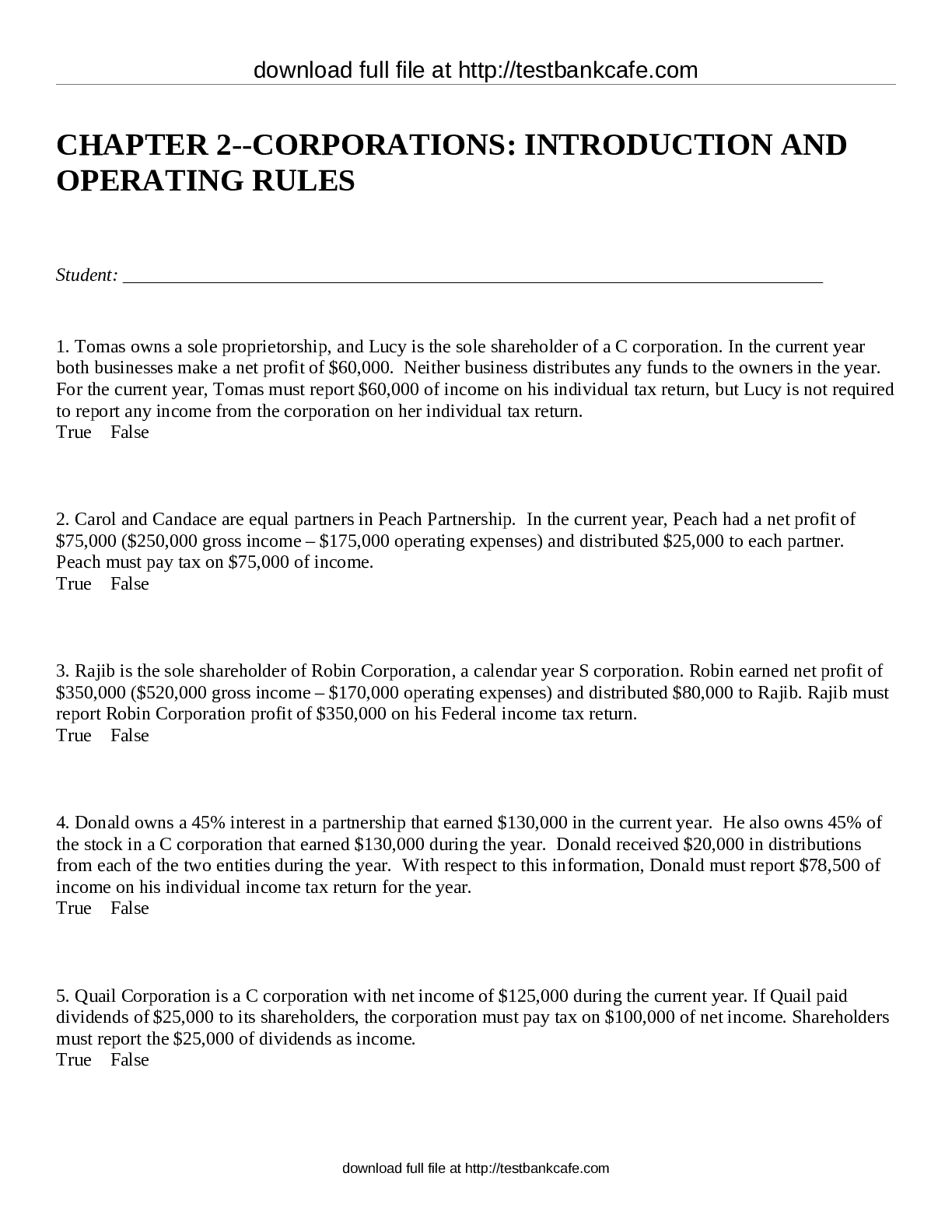
.png)

.png)
.png)



